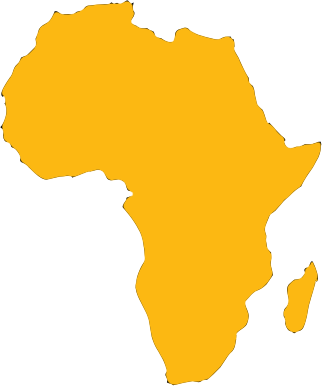Resistance Through Creativity: The Impact of Art Education on Socio-Politics
By Lindelwa Masuku
As high school students across South Africa receive their matriculation results and begin to consider their options for tertiary education, it's worth considering the potential impact of studying art at tertiary level.
While it may not immediately seem as practical or financially viable as other fields, the influence of art education on the socio-politics of a country should not be underestimated.
This was certainly the case during the apartheid era in South Africa, when artists such as David Goldblatt, Ernest Cole, and Zwelethu Mthethwa used their work as a form of resistance against the racist and oppressive government.
Their images and performances provided a visual language for the struggle against apartheid and helped to bring attention to the injustices taking place.
But it's not just during times of political turmoil that art education can have a significant impact on a society. When art and creativity are valued and supported, they can play a vital role in fostering critical thinking, empathy, and innovation.
Furthermore, art education can help to promote diversity and inclusivity, as it allows for multiple perspectives and voices to be heard.
Unfortunately, in many countries including South Africa, art education is often underfunded and undervalued. This can have dire consequences, as a society that neglects the arts is one that is likely to lack empathy, creativity, and the ability to think outside the box.
However, there are a variety of art and creative-related courses available at South African universities, such as Fine Arts, Graphic Design, Film and Television, and Photography. These programs can provide students with the skills, knowledge, and resources they need to make a meaningful impact in their communities and beyond.
One need not look further than the Black Lives Matter movement, which was sparked by the killing of George Floyd in the United States and the subsequent protests, to see the powerful role that art and creativity can play in bringing about change. From street murals to protest signs to virtual performances, art has been a driving force in the movement, helping to amplify voices and bring attention to issues of racial injustice.
As the artist and activist Ai Weiwei has said, "Art is not a tool for politics, it is a weapon."
The power of art to shape and influence society should not be underestimated, and investing in art education at the tertiary level is crucial for building a better future.
In conclusion, art education at tertiary level can have a profound impact on the socio-politics of a country. From the powerful acts of resistance during the apartheid era in South Africa, to the role art has played in bringing about change in other societies, it is clear that art has the power to challenge and transform societal norms. By providing students with the tools and opportunities to express themselves through creative means, art education can play a vital role in dismantling the notion that a society cannot be changed.
“Visionaries in focus”
By nurturing the next generation of artists and thinkers, we can build a better future for all. In the effort of building that future, Joburg Post is putting one brick at a time by featuring local artists, creatives and visionaries in our weekly articles. Discover the stories and inspiration behind each week's featured guest.
Article Tags
 Africa
Africa Education
Education Joburg
Joburg South Africa
South Africa Greatest Africans
Greatest Africans Africa
Africa Education
Education Joburg
Joburg South Africa
South Africa Greatest Africans
Greatest Africans